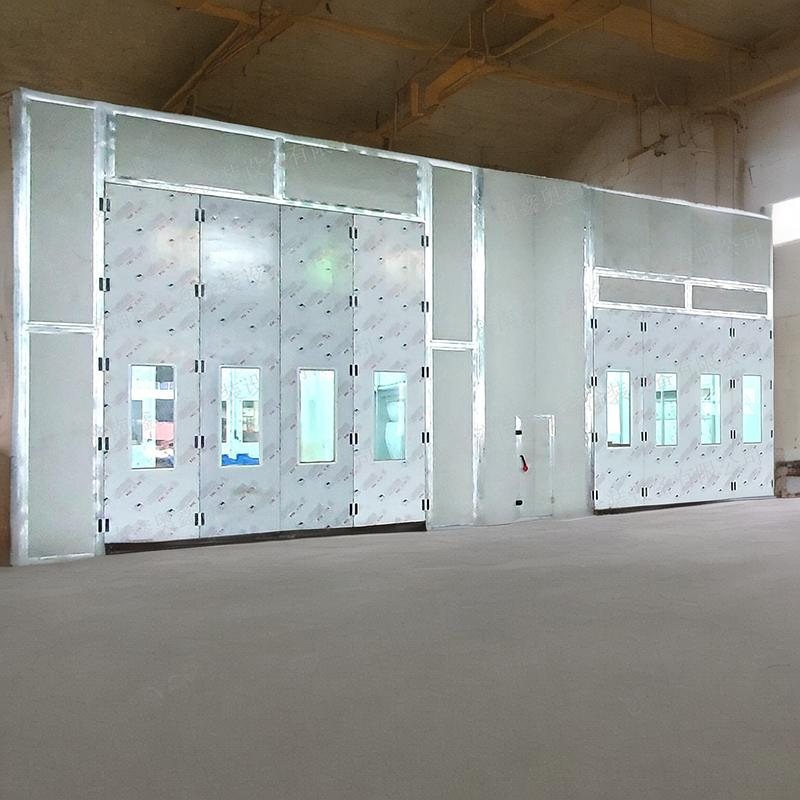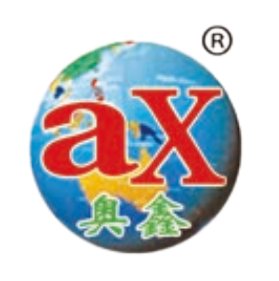Mastering Superior Surface Finishes in Modern Paint Applications
The pursuit of perfect finish quality in a paint booth represents the pinnacle of professional coating applications. Whether in automotive refinishing, industrial manufacturing, or custom fabrication, achieving superior paint booth finish quality requires a precise combination of technique, technology, and environmental control. Today's paint booth operations have evolved into sophisticated processes where even minor adjustments can significantly impact the final result.
Professional painters and finishing specialists understand that exceptional results don't happen by chance. Each step in the painting process must be carefully orchestrated to ensure optimal paint booth finish quality. From surface preparation to final clear coat application, every detail matters in creating a flawless, durable finish that meets or exceeds industry standards.
Essential Environmental Controls for Premium Results
Temperature and Humidity Management
Maintaining optimal environmental conditions is crucial for paint booth finish quality. The ideal temperature range typically falls between 68-75°F (20-24°C), while relative humidity should be controlled between 45-65%. These parameters ensure proper paint flow, adequate drying times, and prevent common issues like orange peel or solvent pop that can compromise the finish.
Modern paint booths employ sophisticated climate control systems that continuously monitor and adjust conditions throughout the painting process. This level of environmental control helps maintain consistent viscosity of the coating materials and promotes proper atomization during application, resulting in superior finish quality.
Airflow and Filtration Systems
Proper airflow is essential for achieving excellent paint booth finish quality. A well-designed downdraft system creates a consistent flow of filtered air that carries overspray away from the work surface while maintaining a clean environment. Regular maintenance of filtration systems, including intake and exhaust filters, ensures optimal performance and prevents contamination that could mar the finish.
Advanced filtration technology captures particles as small as 0.3 microns, creating an virtually dust-free environment. This level of cleanliness is essential for achieving mirror-like finishes, particularly in automotive and aerospace applications where surface perfection is paramount.

Advanced Application Techniques
Spray Gun Setup and Operation
The proper setup and operation of spray equipment play a vital role in paint booth finish quality. Selecting the appropriate tip size, air pressure, and fluid delivery rate for specific coating materials ensures optimal atomization and transfer efficiency. Professional painters carefully maintain their equipment, regularly cleaning and inspecting components to prevent inconsistent spray patterns.
Modern HVLP (High Volume Low Pressure) and LVLP (Low Volume Low Pressure) spray guns offer superior transfer efficiency while reducing overspray. These advanced tools, when properly adjusted, can achieve transfer rates above 65%, resulting in better coverage and improved finish quality while reducing material waste.
Application Pattern and Technique
Mastering proper spray patterns is essential for achieving excellent paint booth finish quality. The standard 50% overlap technique, combined with consistent gun distance and speed, ensures even coverage and film build. Professional painters develop muscle memory through practice, maintaining proper gun angles and movements throughout the application process.
Advanced techniques like cross-coating and multi-stage applications help achieve optimal film thickness and appearance. These methods require careful attention to flash-off times between coats and proper coordination of movements to avoid dry spray or excessive material application.
Material Selection and Preparation
Paint and Coating Systems
Selecting the right coating system is fundamental to paint booth finish quality. Modern waterborne and high-solid coatings offer excellent flow characteristics and superior durability while meeting environmental regulations. Understanding the compatibility between primers, basecoats, and clearcoats ensures proper adhesion and long-term performance.
Professional painters carefully mix and prepare materials according to manufacturer specifications, considering temperature and humidity when determining reducer ratios and hardener selection. This attention to detail in material preparation directly impacts the final finish quality.
Surface Preparation Standards
Exceptional paint booth finish quality begins with thorough surface preparation. This includes proper cleaning, degreasing, and creating the optimal surface profile through sanding or other mechanical methods. Understanding the relationship between surface preparation and coating adhesion helps prevent common defects and ensures long-lasting results.
Professional finishing operations employ systematic preparation procedures, including the use of tack cloths, surface cleaners, and anti-static treatments. These steps eliminate contaminants that could compromise the finish and ensure optimal coating adhesion.
Quality Control and Inspection Methods
Measurement and Testing Tools
Professional paint operations utilize various tools to measure and verify paint booth finish quality. Digital mil gauges monitor film thickness, while gloss meters and color spectrophotometers ensure consistency with specifications. Regular testing and documentation help maintain quality standards and identify potential issues before they become problems.
Advanced inspection techniques, including the use of LED lighting and digital imaging systems, help identify subtle imperfections that might be missed during routine visual inspections. This attention to detail ensures that every finished piece meets or exceeds quality expectations.
Documentation and Process Control
Maintaining detailed records of environmental conditions, material specifications, and application parameters helps ensure consistent paint booth finish quality. Standard operating procedures (SOPs) document best practices and provide guidelines for achieving optimal results. Regular review and updating of these procedures help incorporate new techniques and technologies as they become available.
Quality control documentation serves as both a reference for continuous improvement and a valuable training tool for new personnel. This systematic approach to process control helps maintain consistent finish quality across multiple operators and projects.
Frequently Asked Questions
What environmental factors most impact paint finish quality?
Temperature, humidity, and air cleanliness are the most critical environmental factors affecting paint booth finish quality. Maintaining proper temperature (68-75°F) and relative humidity (45-65%) while ensuring clean, filtered air flow creates optimal conditions for superior finishes.
How often should spray equipment be maintained for optimal performance?
Professional spray equipment should be thoroughly cleaned after each use and undergo comprehensive maintenance weekly. This includes cleaning or replacing filters, checking seals and gaskets, and verifying proper operation of all components to maintain consistent paint booth finish quality.
What are the most common causes of poor finish quality?
Common issues affecting paint booth finish quality include improper surface preparation, incorrect material mixing ratios, poor environmental control, and inadequate spray technique. Regular training, proper equipment maintenance, and strict adherence to established procedures help prevent these issues.

